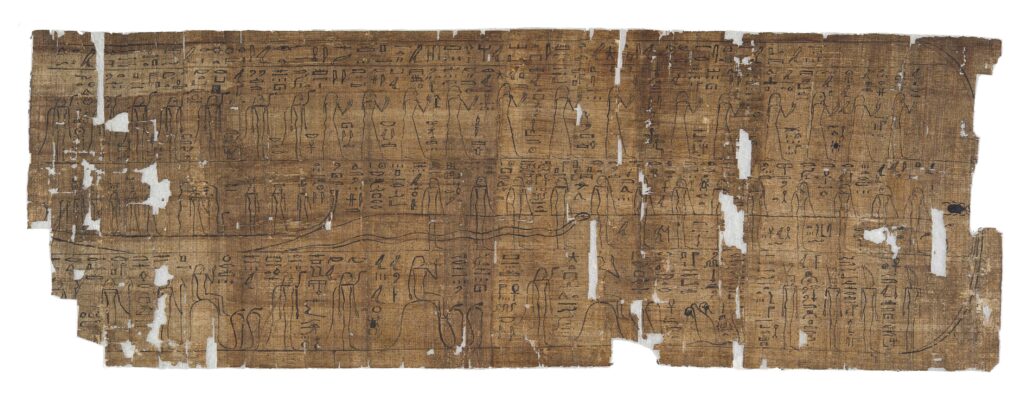Foundation of the Eton Mission (1880-2000)
In 1880, fuelled by religious and charitable fervour, a group of Masters and boys established a Christian Aid Mission for the working class community of Hackney Wick. Here, 6000 people lived in slum conditions in an area the size of the Eton Playing Fields.
Funded by the vast network of Old Etonians, the Eton Mission soon established clubs for men and boys, a Neo-gothic Mission Church and a Sunday school. However, not everyone saw the Mission’s motives as altruistic. Stewart Headlam, an OE Christian Socialist, saw the Mission as an attempt to impose upper-class views on the masses. It passed on a small quota of the benefits of a capitalist system rather than reform the social systems that caused this misery in the first place.
The Mission, entrenched in Victorian views of class distinction, did little to evoke real change. Increasingly ties between the Hackney Wick Mission and Eton College loosened until they were eventually severed in 2000. Eton’s connection to the area still lives on through partnerships with St Mary of Eton in Hackney Wick, where the Chapel Choir performed a concert in December 2019.
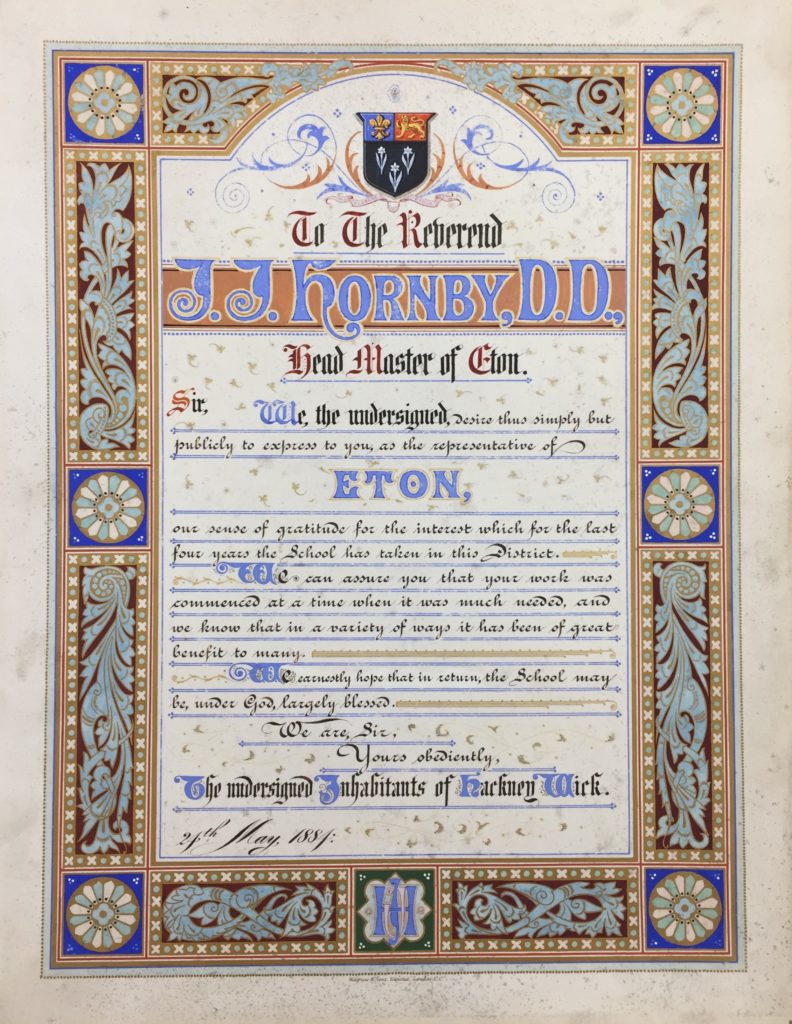
An illuminated testimonial from the residents of Hackney Wick to Headmaster J. J. Hornby, 1884. (COLL/P/4/3)
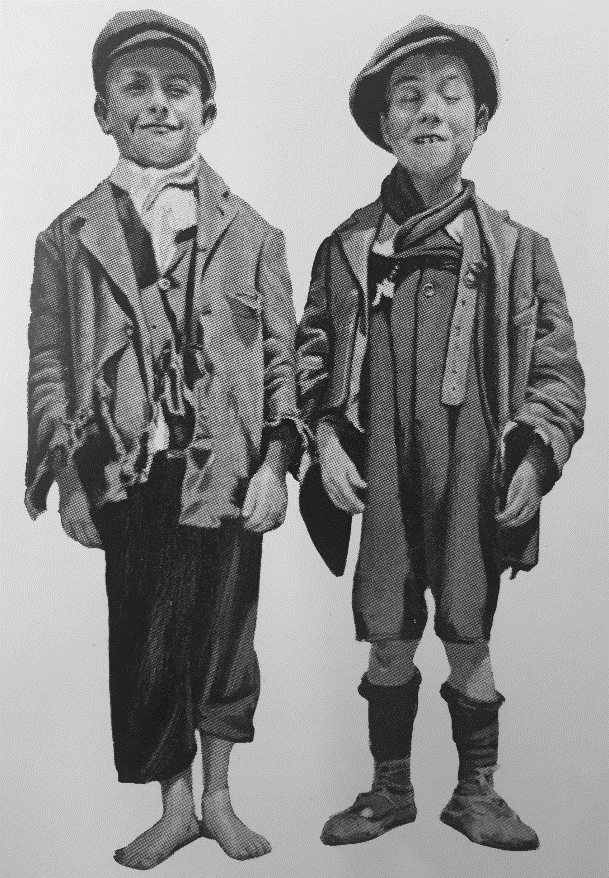
Two East End boys c. 1880. Image taken from Eton Manor Clubs: The story of the early days by Gerald Wellesley
‘All we can do to help it is to shed as much sunshine as possible ourselves, and hope that the darkness may gradually be lifted.’ An Eton Playing Field (1896) by E. M. S. Pilkington (at Eton 1871-1877).
Foundation of the Eton Manor Boys’ Club (est. 1909)
In 1909 Gerald Wellesley (OE), with help from fellow OEs Alfred Ralph Wagg, Sir Edward Cadogan and Arthur George Child-Villiers, founded a club in Hackney Wick for boys.
Numerous sport and sub-clubs emerged, the most notable being the Junior Bachelors’ Club, which aimed to strengthen ‘club loyalty’. It rewarded boys with four trips a year if they promised not to ‘walk out with young ladies’. However, tempted by the trips, many boys joined with little intention of remaining bachelors. Finding bachelorhood hard to prove, the club managers soon admitted defeat and the club was soon dissolved.
From 1967, the funding for the club turned to educating young people. Today it is known as the Villiers Park Educational Trust.
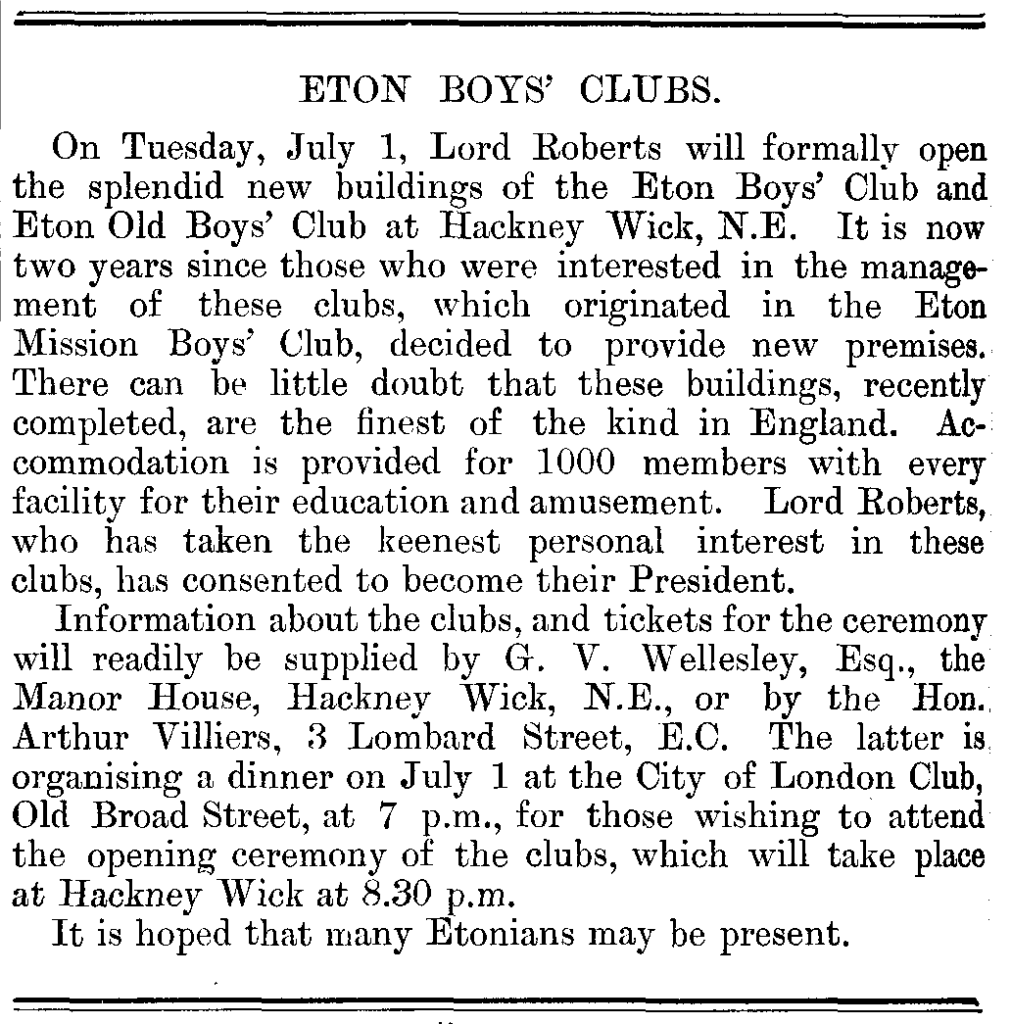
Announcement in the Chronicle about the Eton Manor clubhouse opening, 1913
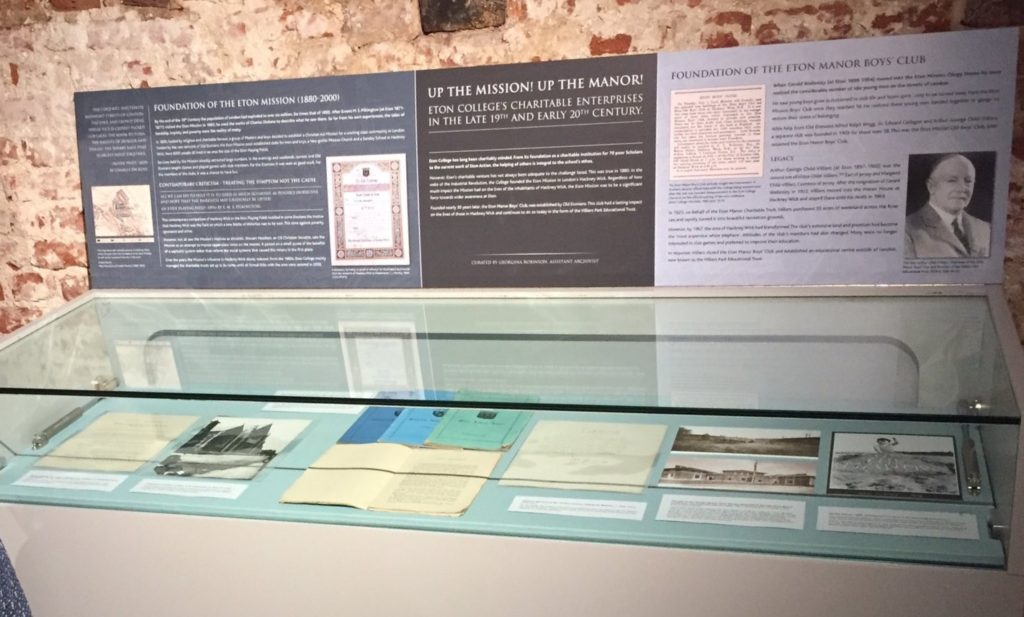
Visit the Museum of Eton Life to see a temporary display on the Eton Mission and Manor Boys’ Club.
The Museum of Eton Life is free to visit and is open on Sunday afternoons from 2.30-5pm. This display runs until September 2020.
More information on the museums and galleries of Eton College can be found here.
By Georgina Robinson, Assistant Archivist



